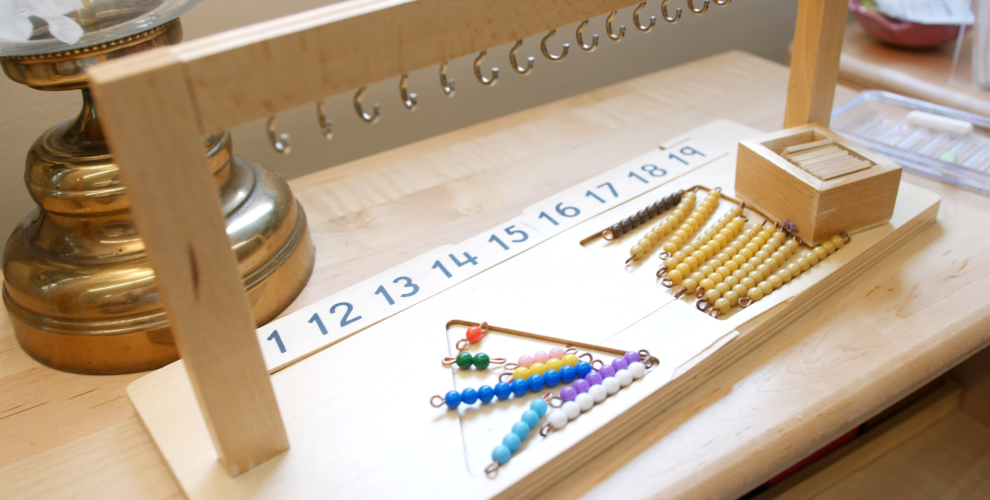Many schools are open and very accepting when it comes to helping their students learn about their peers with special needs. Peer Sensitivity programming in schools is a great way to explain about disabilities and open the floor to let students ask questions in a comfortable and understanding environment. When children learn about disabilities in schools, it typically sparks interest about their peers with special needs. They may come home from school with additional questions and curiosity about their peers and look to you for guidance on how to treat people who have a disability.
That’s why it is so essential that parents have up to date information about disabilities and that they, themselves, are accepting of those with special needs.
Here are some things you can do to help you and your children embrace people with disabilities:
- Be aware of what your children are still confused about. Here are some of the most common questions students ask about their peers with special needs:
- How do they get Down syndrome (or other disabilities)?
- Can you catch a disability like a cold or the flu?
- Why can’t they do the same things I can?
- Why do they leave the classroom so much?
- Why do they have to be by an adult all the time (referring to a teacher’s aide)?
- Will they ever be able to do things by themselves?
- What do they do when they aren’t at school?
- Read books together and visit websites with information about the disability they have questions about. Some good ones are:
Books
- How Katie Got a Voice: (And a Cool New Nickname) by Patricia L. Mervine, M.A., CCC-SLP,
- 47 Strings Tessa’s Special Code by Becky Carey
- Understand and Care by Cheri J. Meiners
Websites
- Down Syndrome Association of Wisconsin, dsaw.org
- Autism Society of Southeastern Wisconsin, assew.org
- Easter Seals of Southeastern Wisconsin, easterseals.com/wi-se
- Realize the most common mistakes people make when interacting with someone who has a disability and address them. The most common mistakes people make are:
- Talking to someone with a disability as if he is a baby or isn’t as smart.
- Talking about him or asking questions about him to his teacher’s aide or parent while he is standing there and not speaking directly to him.
- Referring to him as the disabled person and putting his disability first. (example: calling him the “Down syndrome person” rather than “the person who has Down syndrome”).
- Over-helping a person with disabilities and never letting him try things on his own.
- Set up a play date or make sure a peer with special needs is invited to a party your children might be planning.
Many people with disabilities thrive on the acceptance of their peers so it is very important for their peers to be informed and realize that people with disabilities are more like them than different. As for typically developing peers, it is amazing how much they can actually learn from having friends with special needs. So many people admit to learning how to be more patient, more compassionate and accepting of all people, as well as learning how to slow down and be able to appreciate the little things.
Here are some fun and friendly online videos to help you and your children understand a little more about disabilities and see the advantages of having friends with special needs (will add videos to page):
- Just Like You: http://www.justlikeyou-downsyndrome.org/
- Good Friend, Inc. “We ALL Fit” by The Figureheads: https://www.youtube.com/watch?v=YQYjiSMcVnc&feature=youtu.be
- Dreams: http://www.youtube.com/watch?v=-_-P4t2jR1g
- My Friend Isabelle: http://www.youtube.com/watch?v=IEB2bk29AMQ
What have you done to teach your children about acceptance of others?
Jazz Rogers lives in the Milwaukee Metro area with her husband, Sam, and their Golden Retriever, Belle. Jazz has worked for The Down Syndrome Association of WI, Inc. for over a year as their Outreach Specialist and Office Assistant. Through their Peer Sensitivity Program, she has traveled all over the state (and to neighboring states) to spread the word to schools that their peers with disabilities are more like them than different.



Leave a Reply